Why the Brain Is Programmed to See Faces in Everyday Objects - Neuroscience News

Face pareidolia, the phenomenon of seeing facelike structures in inanimate objects, is a perceptual phenomenon that occurs when sensory input is processed by visual mechanisms that have evolved to extract social content from human faces.
Neuroscience News provides research news for neuroscience, neurology, psychology, AI, brain science, mental health, robotics and cognitive sciences.

Why is the human brain so difficult to understand? We asked 4 neuroscientists. - Allen Institute

So happy to see you: our brains respond emotionally to faces we find in inanimate objects, study reveals, Australia news

The Science of Habit: How to Rewire Your Brain

Why the brain is programmed to see faces in everyday objects
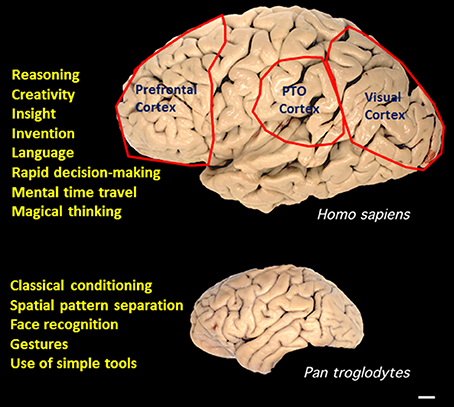
Frontiers Superior pattern processing is the essence of the evolved human brain
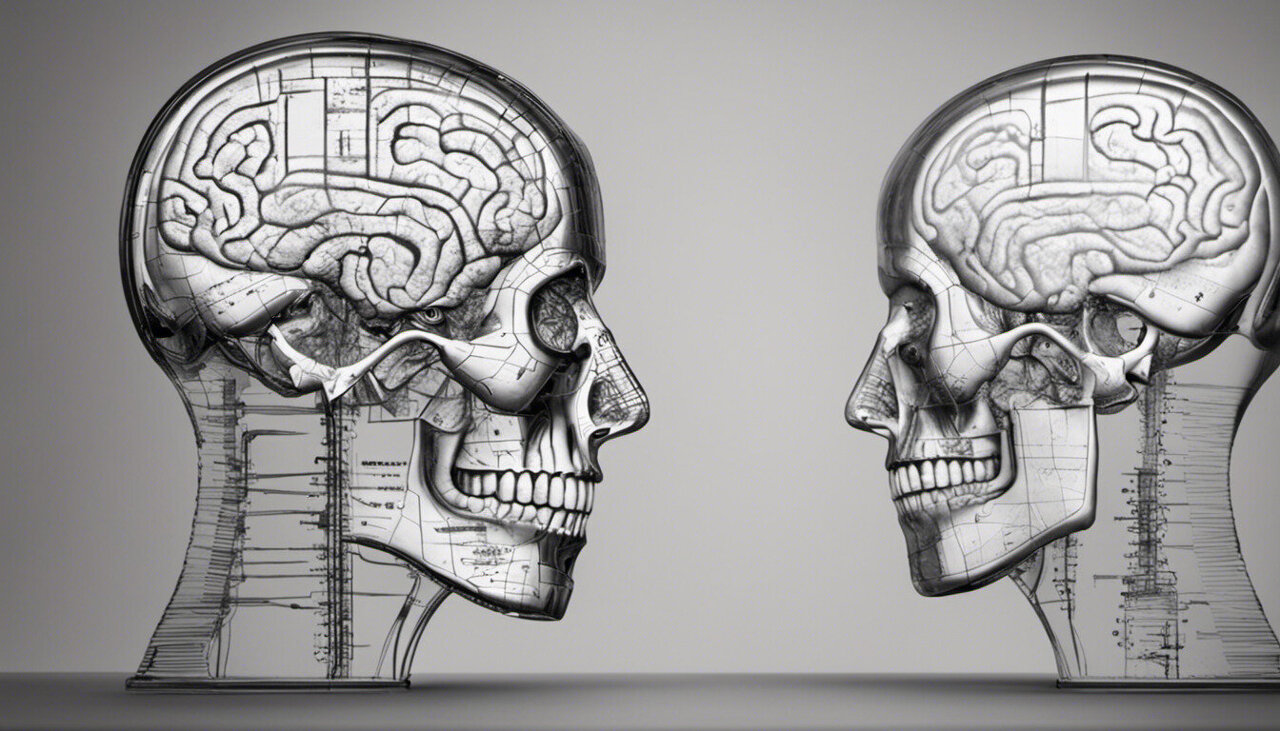
Why the brain is programmed to see faces in everyday objects
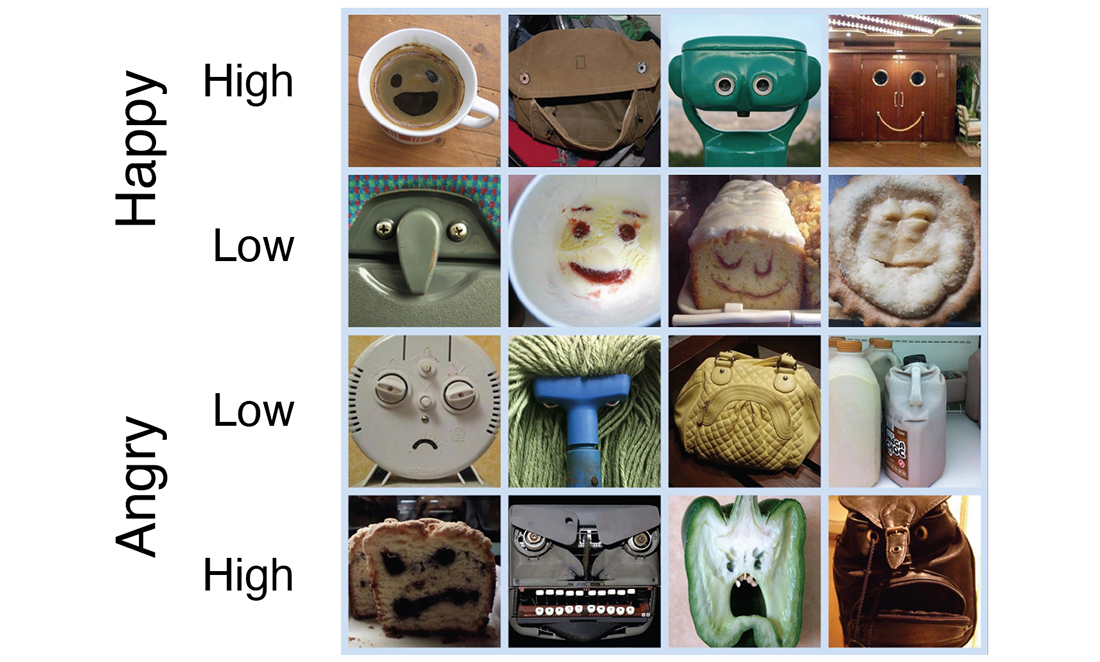
Why your brain is hard-wired to see faces - People News

Mental chronometry - Wikipedia
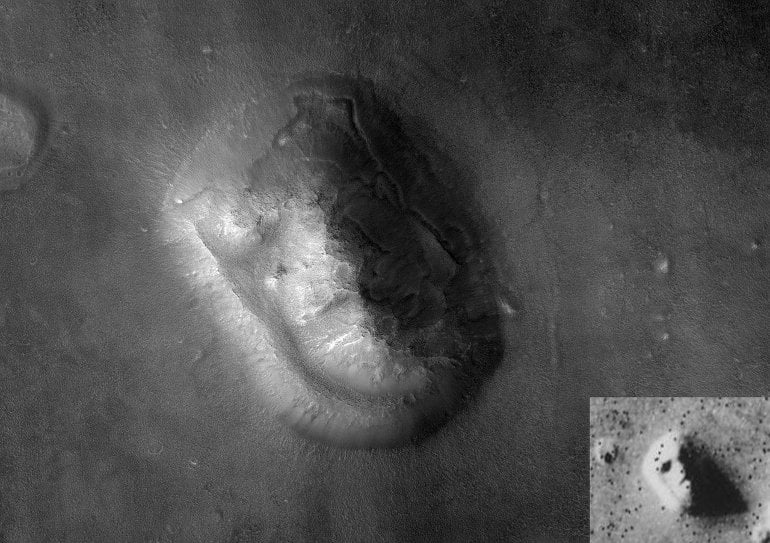
There's a 'Man in the Moon': Why Our Brains See Human Faces Everywhere - Neuroscience News

Mind-reading AI can translate brainwaves into written text
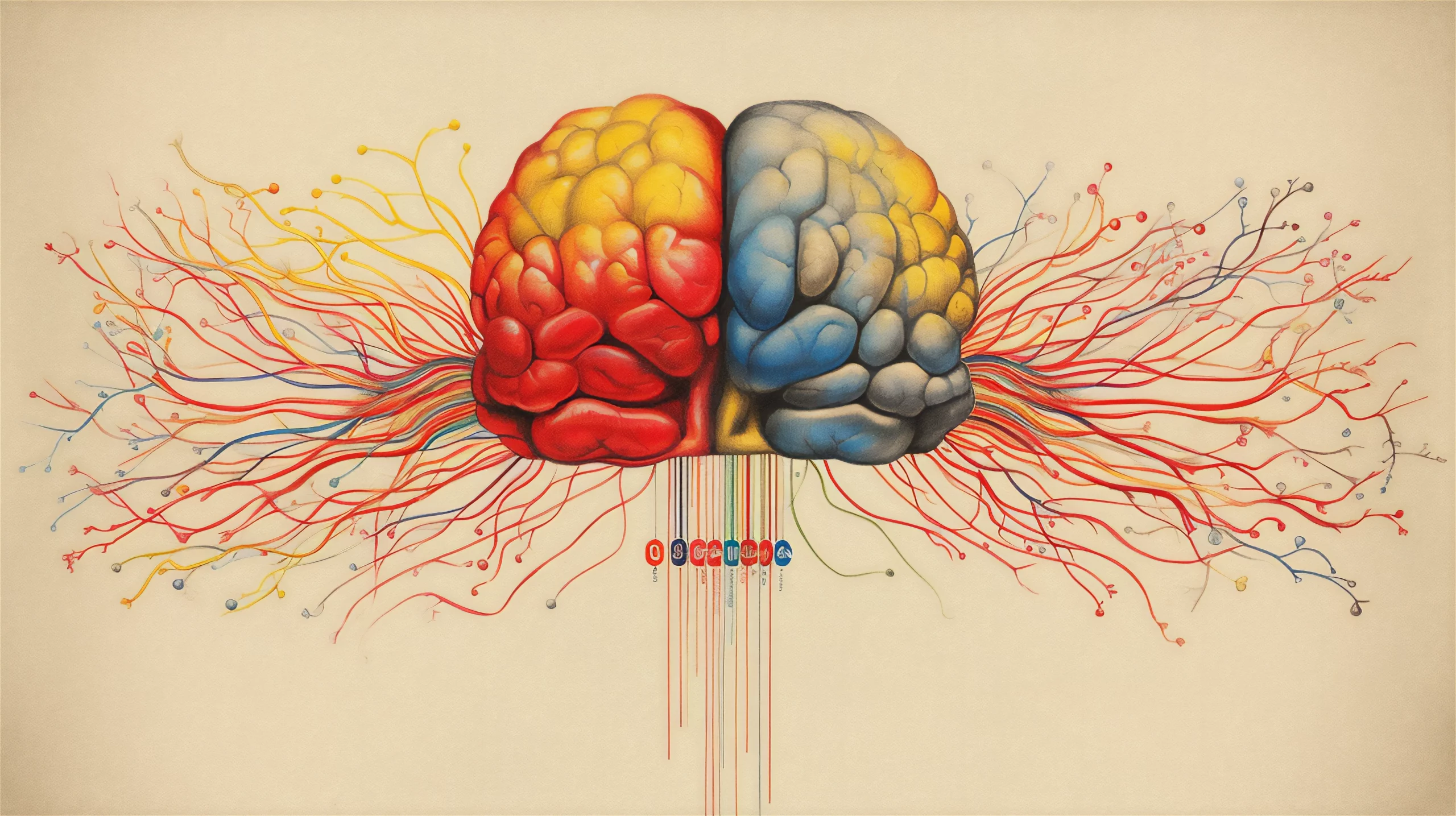
A Beginner's Guide to Neuroscience - iMotions
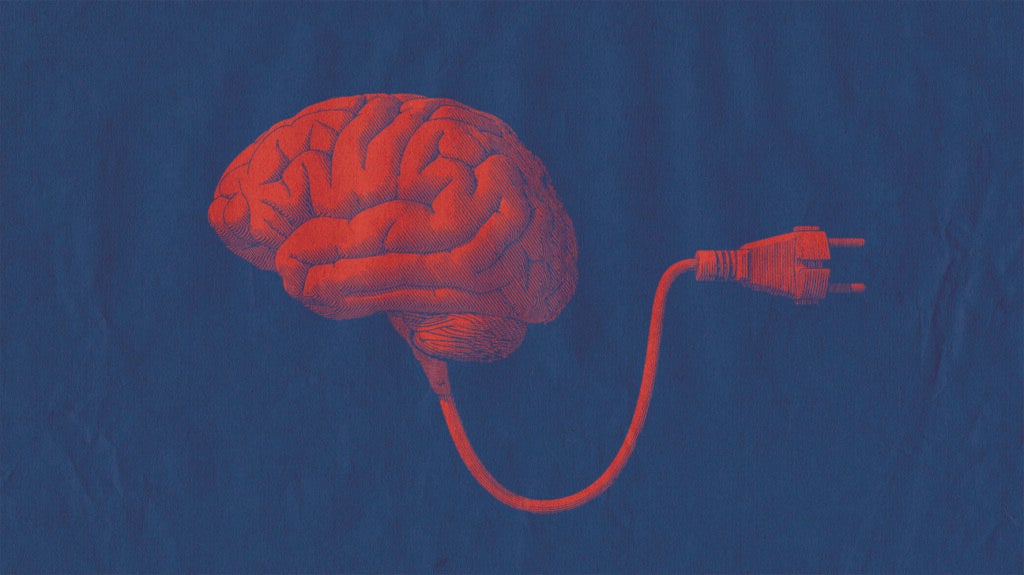
Brain zaps: Definition, causes, and how they feel




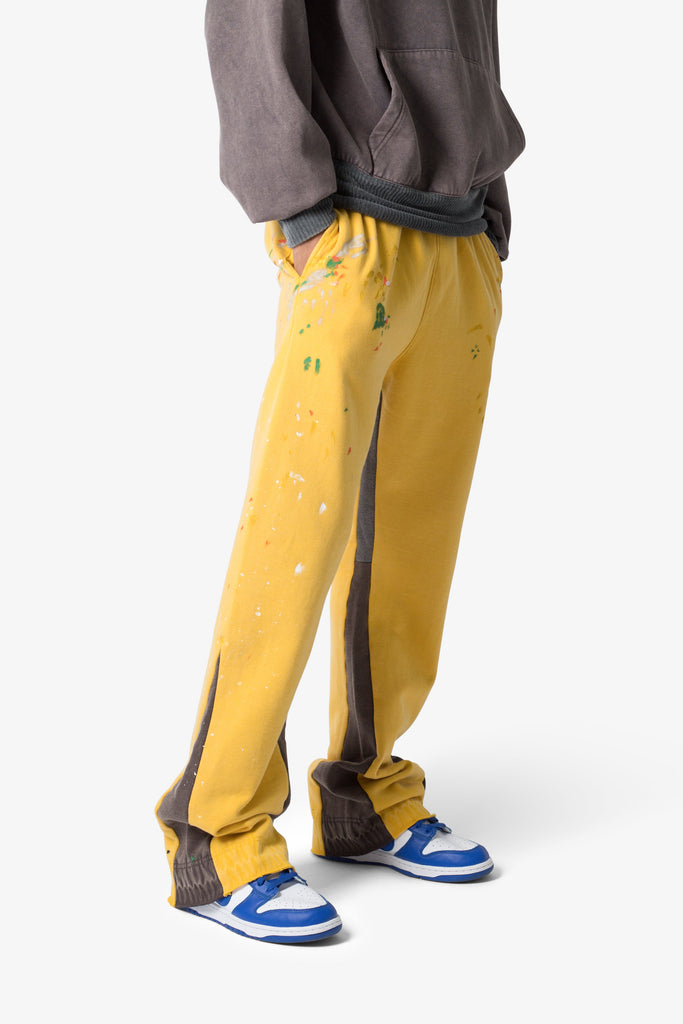


:max_bytes(150000):strip_icc()/GettyImages-1125892521-49b2b7a237f44749a899464cb8ff0f2c.jpg)

